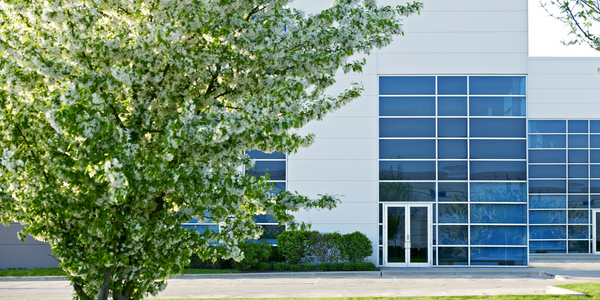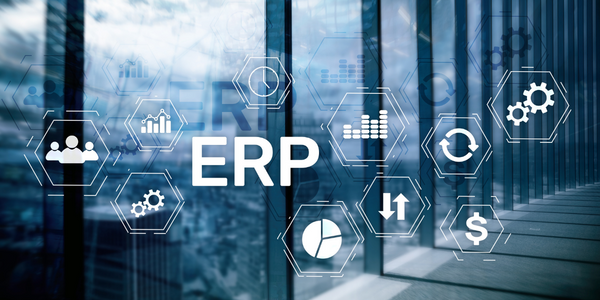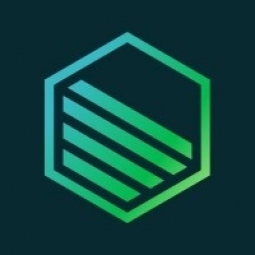Technology Category
- Analytics & Modeling - Machine Learning
- Infrastructure as a Service (IaaS) - Hybrid Cloud
Applicable Industries
- Cement
Applicable Functions
- Procurement
- Sales & Marketing
Use Cases
- Continuous Emission Monitoring Systems
- Last Mile Delivery
Services
- System Integration
About The Customer
Scope3 is a company on a mission to decarbonize the digital advertising industry. They aim to deliver an accurate, comprehensive, and independent emissions model for any company in the ecosystem. By enabling the industry-wide usage of Green Media Products (GMPs), or carbon-neutral media, Scope3 helps advertisers, publishers, and ad tech partners measure emissions and manage the purchase of high-quality carbon removal projects. The company was founded by a team of experts in digital advertising and has developed a methodology that measures end-to-end emissions of an ad’s delivery across the digital supply chain.
The Challenge
The digital advertising industry, which represents over 50% of U.S. ad budgets and is nearing $200B in 2022, has a significant carbon footprint. Nearly 4% of global greenhouse gas emissions, or 1.6 billion metric tons, are caused by the internet and its supporting systems, with digital advertising contributing a significant portion. The industry uses thousands of servers that bid to fill ad space in real-time, decide which ads to serve with machine learning, and load creative and publisher content, using significant amounts of energy. Scope3, a company founded to make digital advertising sustainable, needed to find an economic incentive for companies to reduce their emissions.
The Solution
Scope3 developed a methodology that measures end-to-end emissions of an ad’s delivery across the digital supply chain. They introduced Green Media Products (GMPs), or carbon-neutral media, to help advertisers, publishers, and ad tech partners measure emissions and manage the purchase of high-quality carbon removal projects. Scope3's approach to GMPs is threefold: quantify ad emissions, include the price of offsetting those emissions in the real cost of digital advertising, and create a direct path to carbon removal purchasing and incentivize emission reduction. They selected Carbon Direct to embed carbon compensation into their GMPs with a bespoke carbon removal portfolio. Advertisers can automatically compensate for emissions from their advertising campaigns by purchasing a GMP.
Operational Impact
Quantitative Benefit

Case Study missing?
Start adding your own!
Register with your work email and create a new case study profile for your business.
Related Case Studies.

Case Study
System 800xA at Indian Cement Plants
Chettinad Cement recognized that further efficiencies could be achieved in its cement manufacturing process. It looked to investing in comprehensive operational and control technologies to manage and derive productivity and energy efficiency gains from the assets on Line 2, their second plant in India.

Case Study
Digital Transformation of Atlanta Grout & Tile: An IoT Case Study
Atlanta Grout & Tile, a Tile, Stone & Grout restoration company based in Woodstock, Georgia, was facing challenges with its traditional business model. Despite steady growth over the years, the company was falling behind the web revolution and missing out on the opportunity to tap into a new consumer base. They were using independent software from different vendors for each of their department information and workforce management. This resulted in a lot of manual work on excel and the need to export/import data between different systems. This not only increased overhead costs but also slowed down their response to clients. The company also had to prepare numerous reports manually and lacked access to customer trends for effective business decision-making.

Case Study
Revolutionizing Construction Equipment Rental: A Case Study on ProsRent and ENO8
ProsRent, a startup that won the 'Best Financial Opportunity' and 'Best Pitch' at CodeLaunch 2016, aimed to revolutionize the way construction professionals source and rent heavy equipment. In the construction industry, project managers and contractors typically rent heavy equipment from supply companies. However, predicting inventory can be challenging, and finding the required equipment at the right time and place can be a hassle. If the preferred vendor doesn't have the required equipment, it results in wasted time and money in searching for it, often leading to higher costs due to non-preferred rates and increased delivery costs if the vendor is located far from the job site. Suppliers, on the other hand, desired access to a wider base of trusted renters that they didn't have to vet themselves and wanted to offer dynamic rental pricing based on demand and availability in their market. ProsRent's challenge was to produce a minimum viable product that was fast and first to market but also strong enough to engender loyalty and repeat business from the target market.

Case Study
AI-based Automation for Commercial Office HVAC: A Verdigris Case Study
Modern buildings are required to run longer hours, support a variety of end uses, and contribute to higher levels of economic productivity, leaving a thin margin for error. However, even the most advanced building and environmental control systems have failed to adequately support facilities and operations management. Buildings are often inefficient and the people using them are underserved. To meet occupant comfort and maintain cost and energy efficiency, a dynamic, AI-assisted approach is needed.

Case Study
Revamping EE's Legacy ERP: A Case Study on BT's Strategic Transformation
EE, even after its merger with BT, was operating its ERP estate on legacy infrastructure, hosted on the premises of a third-party supplier. This outdated system resulted in a volume-based operational model, higher time to market, longer delivery cycles, and unsatisfactory customer experience. BT recognized the need for a strategic transformation of these aging ERP systems and sought a partner who could proactively manage application services. The partner was also expected to handle development requirements associated with application management services, drive accountability, and ownership with a time and target-driven transformation of these services. BT's primary goals were to improve customer experience, reduce cycle time, and measure these improvements with precision.








